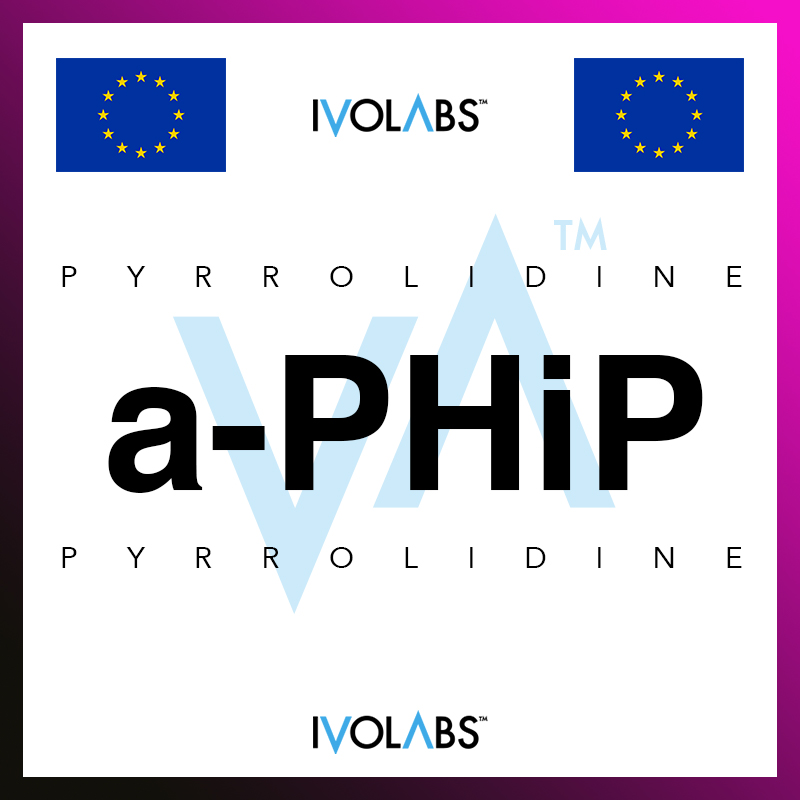5-APB, also known as 5-(2-aminopropyl)benzofuran, is a psychoactive compound from the benzofuran and amphetamine classes. It is structurally similar to MDMA, sharing its entactogenic and psychedelic properties. This substance has garnered interest for its potential in psychotherapeutic settings and among researchers studying the serotonin system’s role in affect and social behavior.
Effects
The primary mechanism of action for 5-APB involves the release of serotonin, dopamine, and norepinephrine, leading to its psychoactive effects. Users report a unique blend of emotional openness, empathy, and well-being, coupled with enhanced sensory perception. These effects make it a subject of interest for understanding human emotion and social interaction, as well as its potential therapeutic benefits.
Dosage
Oral dosages of 5-APB typically range from 50 mg to 100 mg. It is critical to approach dosing with caution, starting at the lower end of the spectrum to assess individual sensitivity and to avoid potential adverse effects.
Side Effects
Potential side effects include, but are not limited to, nausea, increased heart rate, elevated blood pressure, and hyperthermia. There is also a risk of serotonin syndrome, particularly when mixed with other serotonergic agents. The long-term psychological and physiological impacts of 5-APB use are not fully understood, emphasizing the importance of cautious and informed use.
Harm Reduction
Harm reduction practices are essential for substances like 5-APB. These include substance purity testing, dose titration, avoiding polydrug use, staying hydrated, and ensuring a supportive setting. The importance of mental preparation and the presence of a sober sitter cannot be overstated, as is the need for avoiding driving or operating machinery under the influence.








Reviews
There are no reviews yet.